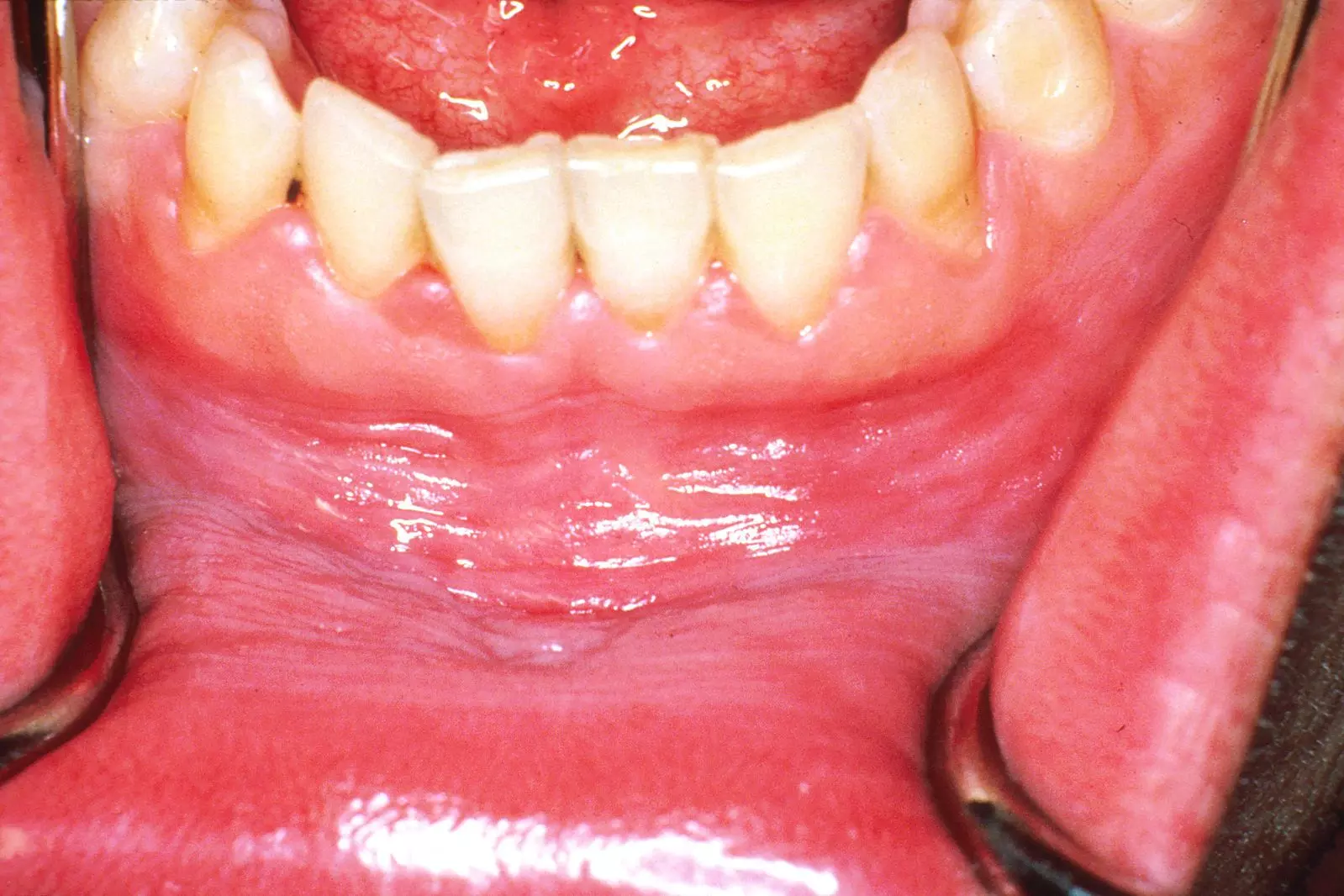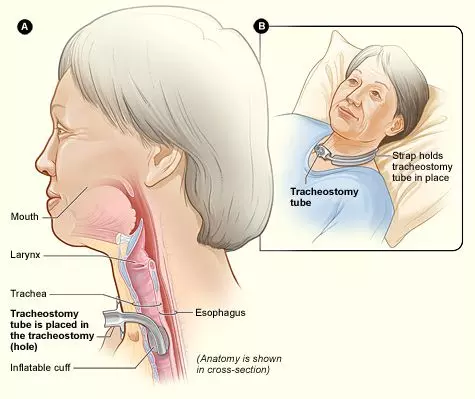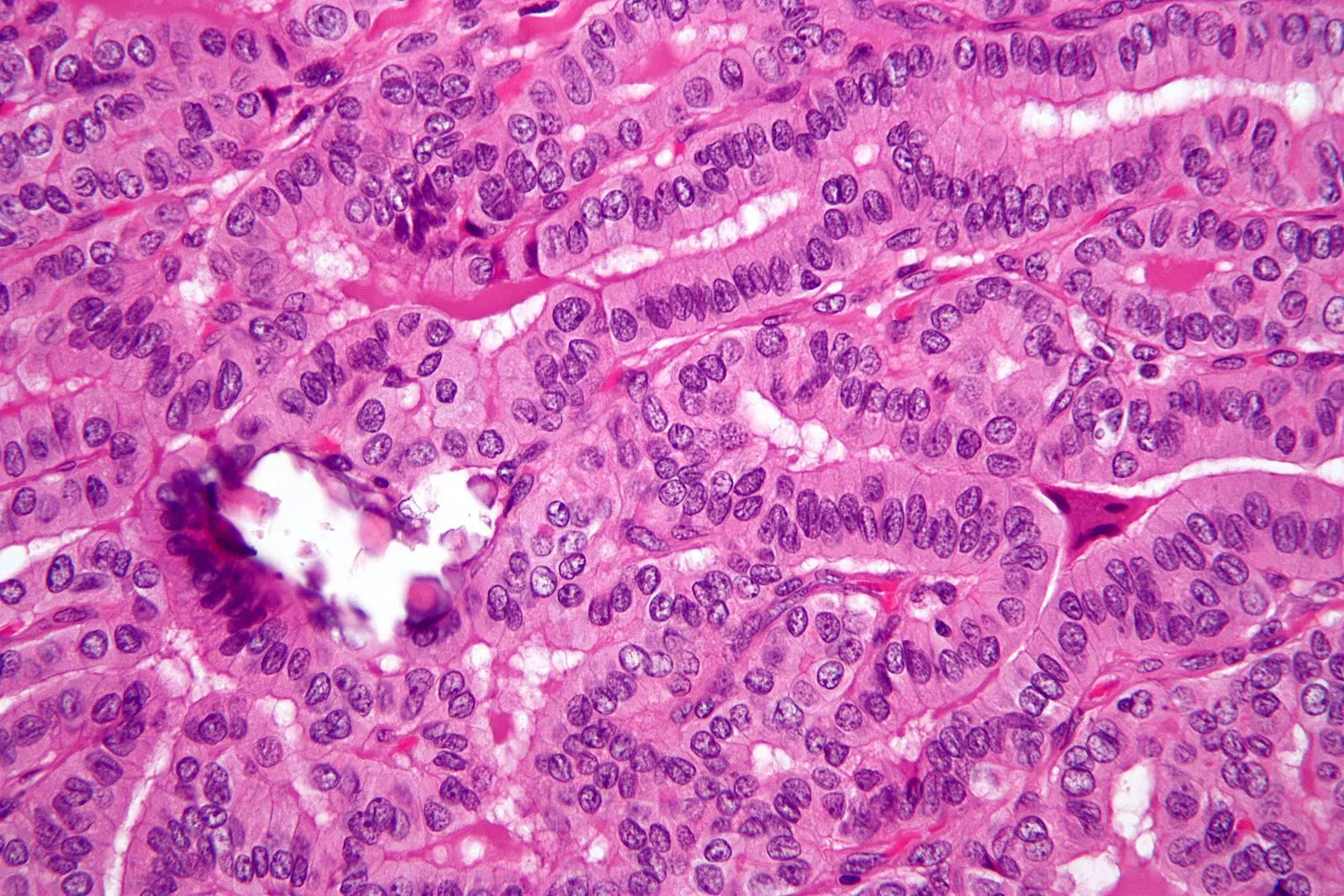By Joshua Bray
Next Lesson - Imaging of the Head and Neck
Abstract
- Head and neck cancers are most commonly squamous cell carcinomas (HNSCCs).
- The most important risk factors for HNSCC are smoking and alcohol consumption.
- HNSCC can arise in the mouth, nose, paranasal sinuses, pharynx, larynx, or salivary glands.
- Patients may present with a palpable lump, odynophagia, dysphagia, hoarse voice and/or otalgia.
- The mainstay of treatment for HNSCC is surgery.
- Thyroid cancer is a rare but important differential for a neck lump.
Core
Introduction to Head and Neck Cancers
Head and neck cancer is a collective term for malignancies of the oral cavity, nasal cavity, paranasal air sinuses, pharynx, larynx, or salivary glands.
The majority (90%) of head and neck cancers are squamous cell carcinomas (HNSCCs). Other rarer types include lymphomas, blastomas, sarcomas and neuroendocrine tumours.
Risk factors for HNSCC include:
- Smoking
- Alcohol
- Betel nut chewing
- HPV infection (Type 16)
- EBV infection
- Wood dust inhalation
The presentation of HNSCCs varies depending on the type. However, constitutional symptoms such as weight loss and lymphadenopathy may be present in more advanced disease.
Red flags which should prompt referral to ENT include:
- Persistent hoarseness of voice
- Unexplained neck lump
- Mass on the lip or oral cavity
- Erythroplakia or erythroleukoplakia
- Unexplained oral ulceration lasting longer than 3 weeks
Oral cancer can affect any part of the oral cavity, including the lip and tongue.
Patients most commonly present with a painless mass felt in the oral cavity. The mass can occasionally be painful and bleed.
Oral cancer is associated with certain premalignant lesions such as leukoplakia (white patches), erythroplakia (red patches) and erythroleukoplakia (a combination of both).
Treatment is commonly with surgery. More advanced disease may require chemotherapy and/or radiotherapy.

Image - Leukoplakia of the lower lip and gum
Public Domain Source by National Cancer Institute [Public domain]
Pharyngeal cancer may involve the nasopharynx, oropharynx or laryngopharynx.
Patients are commonly asymptomatic and therefore often present with advanced disease. Symptoms include odynophagia (painful swallowing), dysphagia and referred otalgia. Rarely a neck lump may be palpable.
Localised tumours are amenable to surgery. Patients with lymph node involvement will require neck dissection and chemo-/radiotherapy.
Laryngeal cancer may involve the supraglottis, glottis or subglottis.
The most common symptom of laryngeal cancer is hoarseness of voice. Patients may also present with dysphagia, odynophagia, persistent cough, stridor and/or referred otalgia.
The majority of laryngeal cancers arise in the glottis. These have a better prognosis due to earlier presentation (hoarse voice) and lack of lymphatic drainage.
Small tumours may be removed via laser surgery. These patients may also require neck dissection or radiotherapy. Larger tumours require laryngectomy (removal of the larynx) plus chemo-/radiotherapy.
Patients with an obstructive laryngeal cancer or post-laryngectomy require a tracheostomy. This involves making a hole in the anterior neck and passing a tracheostomy tube directly into the trachea to allow the patient to breath.

Diagram - Creation of a tracheostomy
Public Domain Source by National Heart Lung and Blood Institute (NIH) [Public domain]
Thyroid cancer is technically not a head and neck cancer, however, it remains an important differential for a neck lump.
The most common type of thyroid cancer is papillary carcinoma, followed by follicular carcinoma. Rarer types include medullary, anaplastic and lymphoma.

Image - Histology of thyroid papillary adenocarcinoma
Creative commons source by Nephron [CC BY-SA 4.0 (https://creativecommons.org/licenses/by-sa/4.0)]
Risk factors include:
- Female sex
- Family history – included inherited syndromes such as Multiple Endocrine Neoplasia (MEN)
- Previous radiotherapy
- Hashimoto’s thyroiditis (lymphoma only)
Thyroid cancers most commonly present as a palpable neck lump. Thyroid cancer is more likely if there is evidence of rapid growth, tethering, lymphadenopathy, hoarse voice or weight loss. Thyroid tumours very rarely produce thyroid hormone, so if thyroid function tests are abnormal, thyroid cancer is unlikely. For more information, check out our articles on Lymph Nodes and Neck Lumps and The Thyroid Gland.
Thyroid cancers are diagnosed with ultrasound and Fine Needle Aspiration Cytology (FNAC) to look for malignant cells.
Treatment options for thyroid cancer include:
- Surgery – either hemi- or total thyroidectomy. Patients without a thyroid gland will require lifelong thyroxine replacement.
- Radioiodine therapy – generally used after total thyroidectomy to kill any residual malignant cells.
- Radiotherapy – may be primary treatment or adjunct therapy.
Reviewed by: Dr. Thomas Burnell
- 6575

